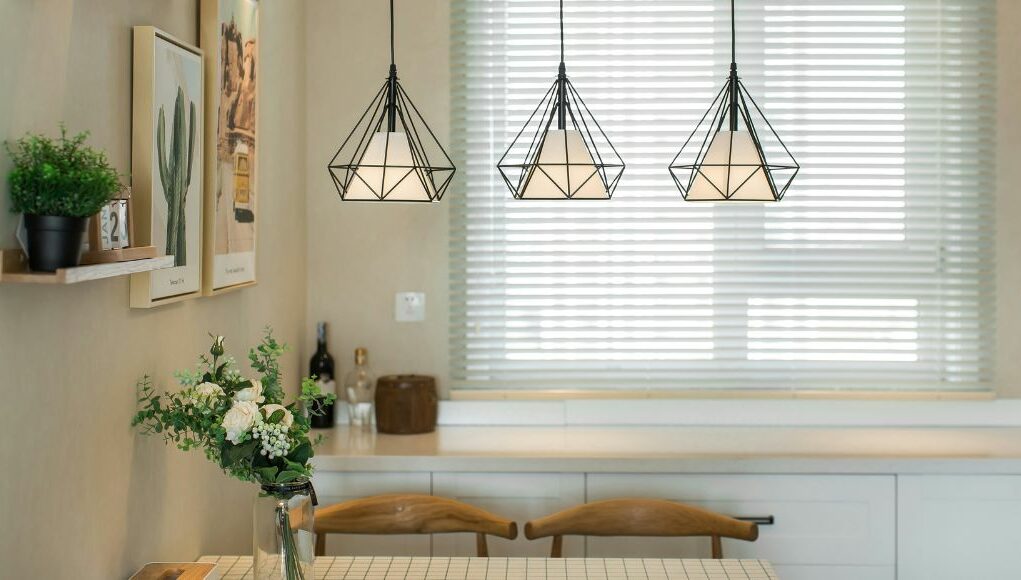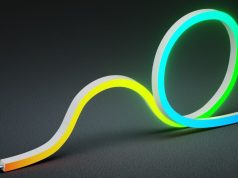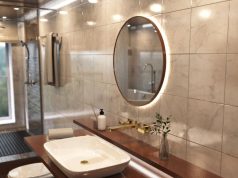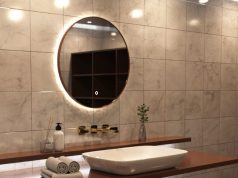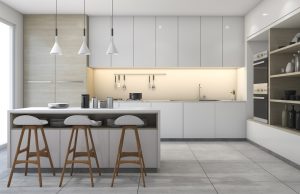What differentiates indoor and outdoor lighting? How are bathroom fittings different from those that you use in your living room and dining room? Among all the factors that make each lighting fixture unique, the IP rating segregates them to their ideal applications and environments.
What is IP rating and its role in determining a lighting fixture’s resistance to environmental factors? Why do you need to know this before buying a fitting?
What is an IP rating?
IP rating stands for Ingress Protection Rating. It’s the standardised measure that indicates the protection of a fitting against solids and liquids. The IP rating is an integral aspect because it gives you an idea about the resistance of a lighting fixture against different elements. Without this indicator, you may end up putting the wrong fitting and environment together.
Decoding the IP Code: Breaking Down the Numbers
Typically, IP rating is stated with the capital “IP” followed by two digits. The first digit represents the level of protection against solids, and the second digit signifies the level of protection against liquids. The higher the numbers, the more robust the protection. So, if you see a fitting with an IP65 rating, it means that it has level 6 protection against solid elements and level 5 resistance against liquids.
To better understand this, here’s what each number implies:
First Digit:
- 0 – no protection
- 1 – protection against solid elements over 50mm (accidentally touching by hands)
- 2 – protection against solid elements over 12mm (fingers)
- 3 – protection against solid elements over 2.5mm (tools and wires)
- 4 – protection against solid elements over 1mm (wires and nails)
- 5 – protection against dust (limited entry and no harmful deposits)
- 6 – completely protected against dust
Second Digit:
- 0 – no protection
- 1 – protection against falling drops of water vertically (condensation)
- 2 – protection against direct water sprays up to 15 degrees from upright
- 3 – protection against direct water sprays up to 60 degrees from upright
- 4 – protection against water splash from all directions (limited entry)
- 5 – protection against low-pressure water jets and splashes from all directions (limited entry)
- 6 – protection against strong pressure water jets and splashes (ship decks – limited entry)
IP Rating for Indoor Lighting
What elements do indoor lighting fixtures need to avoid? They’re already protected pretty well, given that it’s installed within the four walls of your home. The element that indoor lighting fixtures need to be wary of is primarily solids. The last thing you want your lights to encounter are dust and accidental contacts. So, what IP rating should you have in your indoor space?
In your living room, bedroom, dining room, home office, and all the other dry zones inside your home, you can settle with an IP20-rated lighting fixture. That much is enough to fend off the potential elements that might come into contact with your fittings.
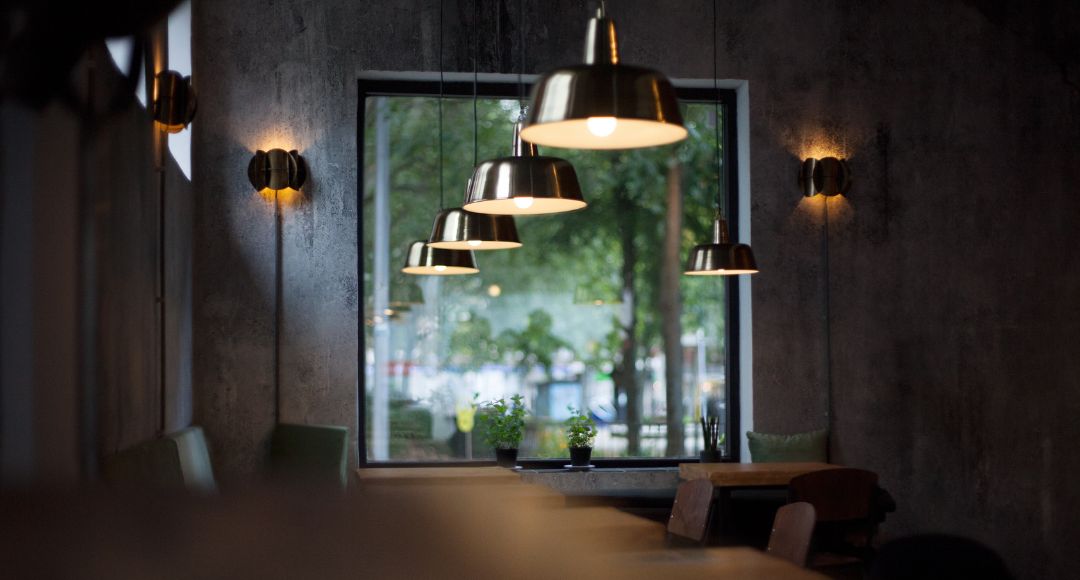
As for the kitchen and the bathroom, it’s quite a hybrid because of dry areas and wet zones. For the dry parts of the kitchen (places where liquids will never reach), you can use an IP20-rated fixture. Alternatively, if it’s near the sink and other water sources, consider getting an IP44-rated lighting fixture.
When it comes to the bathroom, there’s a different method for determining the IP rating prescription. You see, the bathroom is divided into different zones, with each zone having a corresponding requirement.
Bathroom Zones
- Zone 0 – directly inside the shower and bath. This area comes into contact with a lot of steam and water. For this, you’ll need an IP67 rating and up.
- Zone 1 – above the bath or shower up to 2.25 metres high from the bathroom floor. To guarantee that the fixture is safe, you need an IP65 rating.
- Zone 2 – 0.6 metres outside the wash basin and bath border and up to 2.25 metres high from the bathroom floor. In this area, you can use an IP44-rated fitting.
- Zone 3 – outside zones 1 – 3, and there are no chances of water contact. You can use any fitting in this zone, but to be safe, use an IP20-rated one.
IP Rating for Outdoor Lighting
Unlike indoor lighting, outdoor lighting is exposed to a harsher environment. These lighting fixtures must deal with snow, rain, heat, dust, and other elements that indoor lighting will not experience!
An IP44 rating and IP65 rating (and up) is the ideal IP rating for outdoor lighting fixtures. Anything below those should be kept inside. Remember that if you use IP44-rated lighting, while it’s suitable for general outdoor use, you cannot expose it to pressurised water.
If you use an IP54 outdoor light, while it has the same water protection, it has better ingress protection against dust. So, if you’re considering mounting in an area with less water exposure but high dust contact, an IP54 rating is perfect.
IP Ratings and Maintenance: Ensuring Longevity
How can knowing the IP rating of your lighting help in ensuring that it lives through its expected lifespan? Learning about your fittings’ innate protection will make understanding the dos and don’ts easier. For an IP20-rated light, you’ll not install it inside your bathroom or outdoors. In addition, when you clean it, you’ll know you should not use a lot of water!
The same goes for other IP ratings. If you understand that that fixture cannot come into contact with a lot of dust, you’ll be more wary of where you’re mounting it and the frequency of your cleaning.
Conclusion: Mastering IP Ratings for Informed Lighting Choices
IP rating dictates the amount of protection your lighting fixtures have against solids and liquids. Without it, keeping your lights safe and ensuring they last long will be difficult. In addition, if you disregard the IP rating and install the fixture wherever you want, you’re putting yourself and your home at risk. So, always review the IP code of your lights to guarantee a safe and long-lasting installation.
If you don’t know where to get top-quality LED lighting that’s available in various IP ratings, visit our website, Simple Lighting. We have an extensive range of indoor, outdoor and commercial lights!


